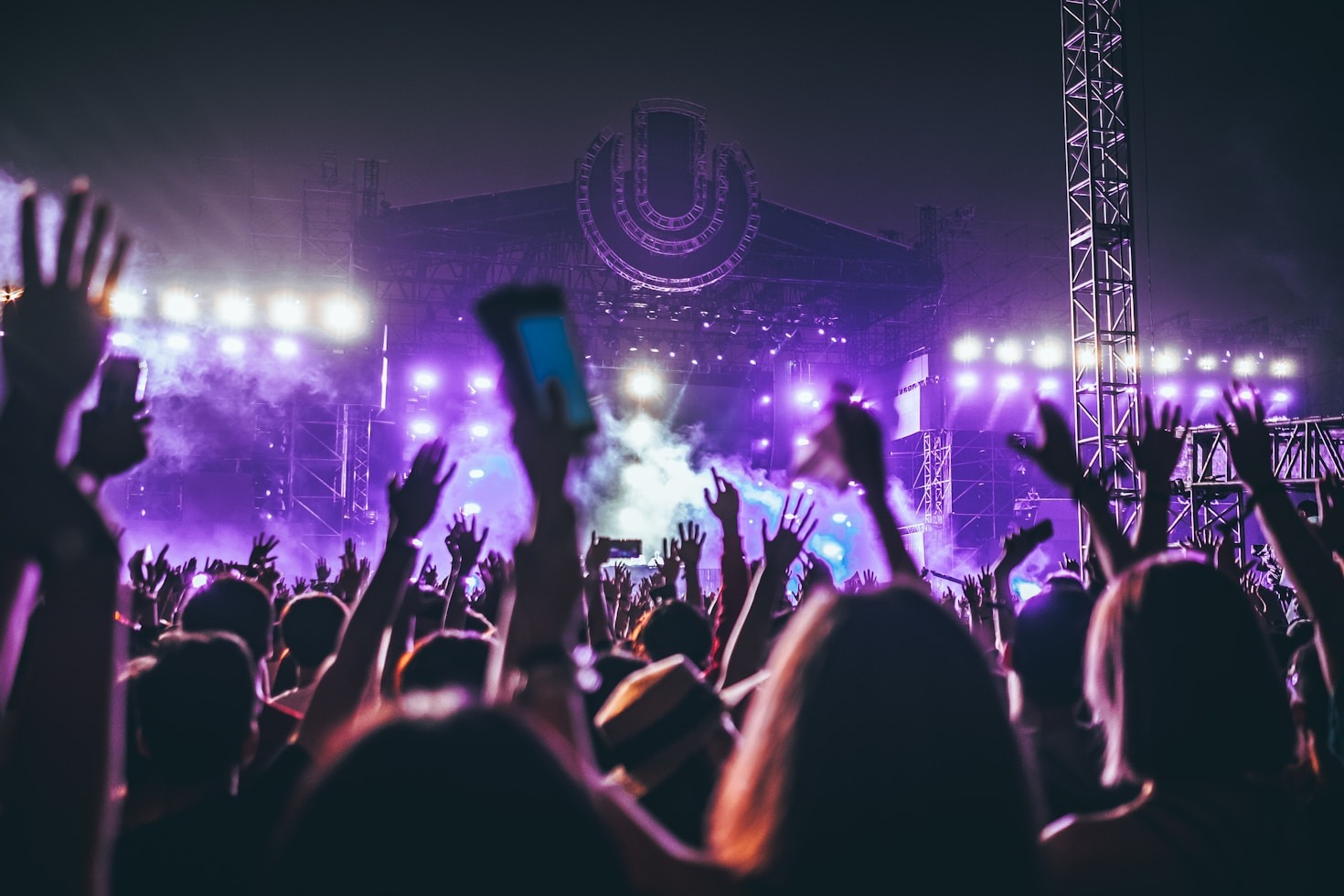Art plays a crucial role in shaping our daily entertainment experiences. From movies and music to literature and digital media, artistic expression is deeply embedded in the way we engage with the world. This article explores how art influences entertainment, enhances creativity, and provides emotional and cultural enrichment.
Art is not what you see, but what you make others see. – Edgar Degas
The above quote highlights the power of art to evoke emotions and perspectives. Whether in a painting, a film, or a song, art has the ability to connect people and inspire new ways of thinking.
Art in Movies and Television
Film and television are among the most powerful forms of artistic entertainment. Directors, screenwriters, and cinematographers use visual storytelling to create compelling narratives that captivate audiences. The combination of acting, music, and cinematography transforms simple stories into immersive experiences that evoke strong emotions and provoke thought.
Music as an Emotional Catalyst
Music is an essential element of daily entertainment, influencing moods and setting the tone for various experiences. Whether through a film score that enhances a scene’s intensity or a song that resonates with personal emotions, music has the ability to transport listeners to different emotional landscapes.
Literature and Visual Arts in Entertainment
Books, graphic novels, and visual arts contribute significantly to entertainment by providing depth and meaning to stories. Illustrations, paintings, and sculptures have long been sources of inspiration for filmmakers, musicians, and writers, reinforcing the connection between different art forms.
Digital Media and Modern Art Forms
With the rise of social media, digital art, and virtual reality, new forms of entertainment are emerging. Platforms like Instagram, YouTube, and TikTok allow artists to reach a global audience, sharing their creativity in innovative ways. Video games, another blend of art and technology, offer interactive storytelling experiences that immerse players in beautifully crafted worlds.


The Future of Art in Entertainment
As technology advances, the role of art in entertainment continues to evolve. Artificial intelligence (AI) and machine learning are now being used to create digital artwork, compose music, and even write scripts. These developments open up new possibilities for artistic expression while also raising questions about authenticity and originality in art.
Additionally, the integration of virtual and augmented reality is pushing the boundaries of immersive entertainment. Museums, concerts, and theaters are adopting these technologies to offer audiences a more interactive and engaging experience, allowing them to explore art in ways that were previously unimaginable.
The Importance of Supporting Artists
As consumers of entertainment, it is crucial to recognize and support the artists behind the creative works we enjoy. Whether by attending live performances, purchasing artwork, or sharing content online, every form of appreciation contributes to sustaining the art industry. Supporting local artists and independent creators also helps preserve cultural diversity and innovation in entertainment.
Conclusion
Art is the foundation of entertainment, enriching our daily lives through various creative expressions. Whether in films, music, literature, or digital media, it continues to inspire, connect, and entertain. As technology and artistic mediums evolve, the future of art in entertainment remains limitless, offering new experiences that push the boundaries of creativity and engagement. By appreciating the role of art in entertainment, we gain a deeper understanding of its impact on our emotions, culture, and society.


Leave a Reply